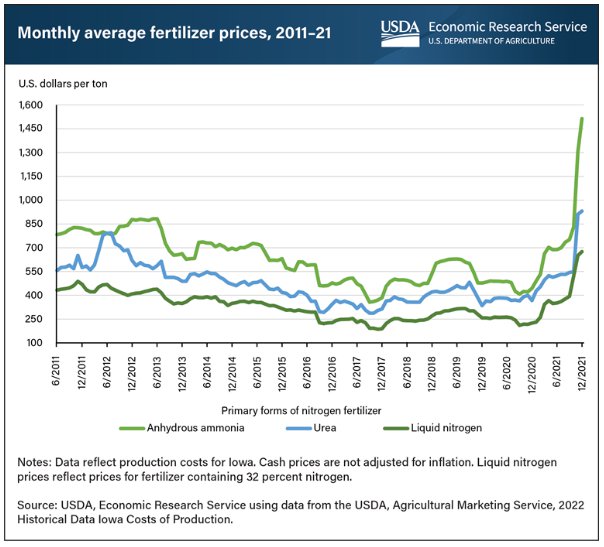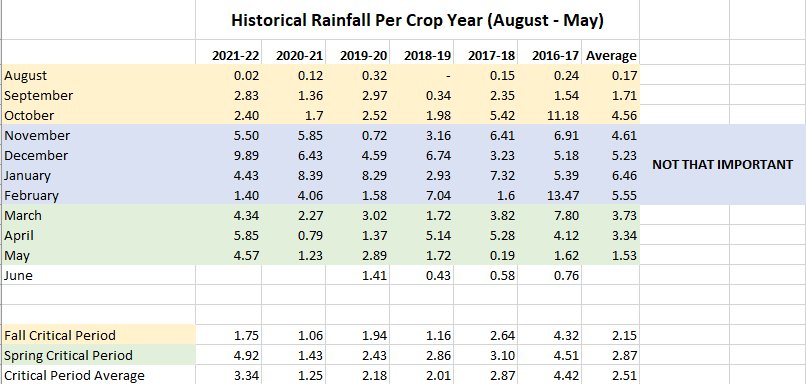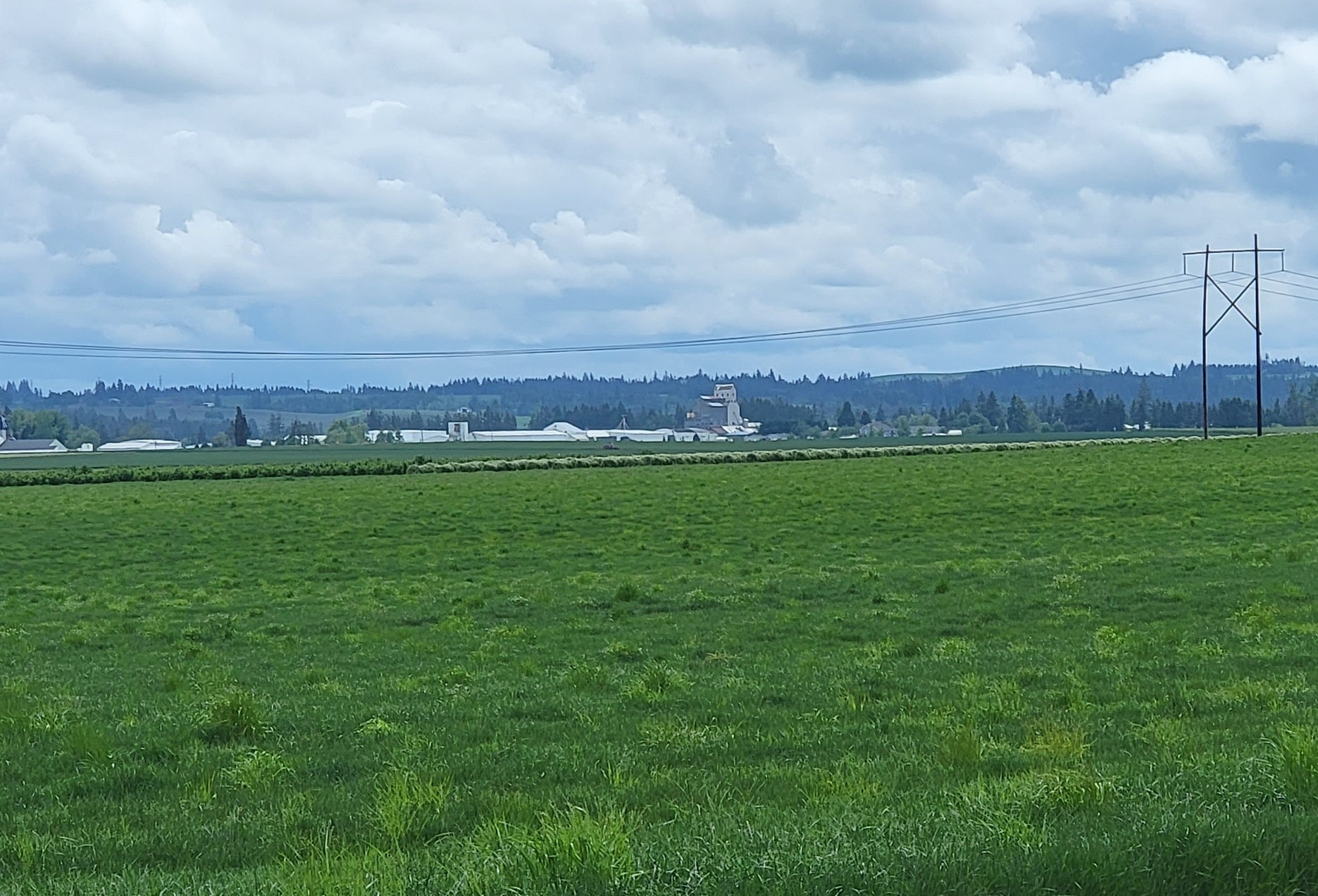
According to American humorist Will Rogers, “The farmer has to be an optimist, or he wouldn’t still be a farmer.” Even when you love your work, farming is never an easy task. However, there’s no doubt that current challenges are introducing new sources of frustration. With the problems securing fertilizers and herbicides, interest in cover crops is understandably high. After all, they offer a natural solution to these difficulties. Unfortunately, cover crop seed shortages are likely, so you may want to order early to secure the quality products you desire.
Considering Economic Realities
Farming is always a story of balancing acts. On one hand, there’s the need to keep soil health in mind in order to protect a valuable resource and produce a high yield.
On the other hand, there’s the economic angle. The costs involved in producing a crop can’t exceed your profits if you’re going to have a viable agricultural business.
Clearly, exponential price increases for products like fertilizer or herbicides can have a devastating impact. They’re also going to drive up demand for any potential solution.
Rising Fertilizer Prices Hit Hard
When Modern Farmer pulls the numbers together, it’s easy to see why rising fertilizer prices are hitting hard. In 2021, some fertilizer prices had already seen increases up to 300%, according to the American Farm Bureau. Meanwhile, the U.S. Department of Agriculture reports that urea increased 149%, liquid nitrogen went up 192%, and anhydrous ammonia soared 235% in the same time frame.

The increases were striking enough that some suspected market manipulation. In fact, Family Farm Action Alliance reached out to the U.S. Department of Justice via a letter to ask for an investigation.
U.S. Agriculture Secretary Tom Vilsack also urged the DOJ to check into whether these price increases were absolutely justified during the National Association of Departments of Agriculture (NASDA) winter policy meeting.
Missing Herbicides Endanger Yields
With herbicides, it can feel like a lose-lose situation. Consider glyphosate and glufosinate. As Discover reports, both are in short supply due to reported manufacturing troubles. Now, herbicides that sold for $15 to $20 a gallon a year ago are going for a budget-busting $60 to $80 a gallon. That’s if farmers can even find them. The products are also in short supply.
Increasing Appreciation for Cover Crops
Cover crops have long been touted for their ability to nourish and improve soil health, so it’s no wonder that farmers who are struggling to secure affordable fertilizers are interested in learning more about them. By choosing a cover crop that delivers the benefits that they’re seeking, farmers can give their soil a boost with every planting.
Cover crops can also excel at weed suppression when herbicides are unavailable or undesirable. Most will do the job by serving as a natural mulch, so farmers will need to consider things like timing and biomass when pondering their cover crop selection and planting schedule.
Cover crops also offer several other advantages.
They help prevent erosion, suppress soil disease, and fend off pests. In addition, they provide habitat for beneficial insects, pollinators, and wildlife. They can also provide feed for livestock.
It can take time, experimentation, and some research to make the switch to an agricultural program that relies on cover crops and regenerative methods.
However, the USDA, several states, and many universities have resources that can help interested farmers develop their programs.
Expecting Cover Crop Seed Shortages
While cover crops are an excellent solution for farmers who want their fields to flourish without fertilizers and herbicides, experts say to be prepared for cover crop seed shortages. Like other inputs, seeds are selling fast.
Real Agriculture suggests that anyone who is planning on growing cover crops in 2022 should contact their suppliers to book their seed requirements right away because things will sell out fast.
At GO Seed, we have to agree. Much of the ground set aside for Spring cover crop plantings went into wheat instead due to the high prices created by the Russian invasion of Ukraine. The fall-planted acres of turnips and rape seed east of the Cascade mountain range are down substantially as farmers felt that there wasn’t enough moisture in the soil profile and feared a repeat of 2022.
When it comes to planting cover crops, quality matters. Consider this: If your goal is weed suppression, you need a strong crop that will out-compete any existing weed seed and produce enough biomass to keep them from gaining a toehold.
We’d love to fill every order that comes our way, but we may not be able to because of the farmer’s familiar foe: weather. In 2021, we complained about how dry it was here in Oregon. This year, we’re complaining about how wet it is.
In the table below, you can easily see the amount of rainfall received this season is much higher. We are up 300% over last year for the Spring Critical Period, and we’re only a third of the way through May (read last year’s crop report)

What does that mean for yields? From a precipitation context, this year most closely resembles that of 2016-17. With that season’s increased rainfall, we saw the following effects:
- Orchardgrass reduced yields by 30% from the average.
- Annual ryegrass reduced yields by 9% from average.
- Perennial ryegrass increased yields by 13% from average.
- Tall fescue increased yields by 23% from average.
Will we see the same thing in 2022? It’s too early to say for sure.
Orchardgrass struggles in wet, saturated soils, and we’re already seeing some increased disease pressure. However, the average yields in a soggy 2017 were still higher than last year’s dry period.
Our annual ryegrass fields are draining better than in previous wet years, so they don’t seem to be suffering. The seed head formation looks good and it could be a better-than-average crop as long as it stops raining soon. Concern is increasing about the ability of a swather to make it through the fields without getting stuck. Those that have the capability to put a set of duals on the front end have either done so or will in the next week.
As for the turf types, they generally fared better during the last rainy season. We’re expecting the same this time. The biggest concern is the amount of poa annua and rough stalk bluegrass in the fields. Plowing and replanting perennial ryegrass seemed like a wise plan last fall when looking at thin stands, however, the amount of rainfall we have received has reduced the effectiveness of pre-emergent herbicides. A lot of weeds are coming up in those freshly worked fields.
To ensure that you’re getting the quality seed that you want, don’t wait. Supplies are limited, so contact Go Seed to place your order now.





